Chapter 2 of my Book - The Forgotten General ; Maharaja Yeshwantrao Holkar I.
Armies of Indian Kings.
In the 18th century, the Mughal empire was on the verge of collapse and the Marathas' inadequacies and rivalries amongst chieftains had started surfacing, the British East India Company (EIC) taking advantage of the situation established its foothold in North India particularly after the Battle of Plassey (1757). The Company slowly but surely started making inroads into rest of the subcontinent that often led to collision course with the other Indian kings who found themselves to be ill equipped to check this ingression.
The EIC had raised its own armed forces. The three administrative areas of EIC- the Presidencies of Bombay, Madras and Bengal - maintained their own armies led by their own commander-in-chief. The commander-in-chief of Bengal presidency was considered to be the head of all army units. These armies were paid from EIC's revenues earned in India. All the officers were British and trained at the Company's military academy in England. There were a number of regiments of European infantry but the vast majority were native troops called the Sepoys.
The Sepoys, as they were called, were mostly high caste Hindus and a great many of them, especially in the Bengal army, came from Oudh, what is now Uttar Pradesh state. They were organized in numbered regiments and drilled in the British style.
The Sepoy regiments were officered by the Europeans with a stiffening by a few European NCOs (Non-Commissioned Officers equivalent to Havildar Rank). Attached to this force were regiments of the Crown; units of the British Army lent by the British Crown to the EIC in times of need. By this time, they had almost 200 thousand troops stationed in India who could be mobilized to deal with errant Indian kings.
The English Army was first established as a standing military force in 1660. In 1707 many regiments of the English and Scottish armies were already under one operational command. Very early in the 18th century they realized the importance of military training for their officers and so established a Military Academy.
Thus, while the British were enhancing their military capabilities and organizational structure and possessed huge resources that they could mobilize at the point of decision, the Indian Kings were grappling with their own problems and squabbling amongst themselves. The innumerable kingdoms lacked a cohesive front to face the invader head on. The whole situation was so precariously placed in favour of the British(Brits) that the local Indian rulers were in no position to pose a serious threat to them.
The first challenge that these local kings faced was the proverbial “Dog Eat Dog” situation. The kings competed with each other to safeguard their own interests and hence enjoyed when the British defeated their rivals. They did not mind signing treaties with the British to protect themselves and provide troops to help the British defeat the rival kingdoms.
Second, the borders of kingdoms were not like today's international borders. They were very porous and not well guarded making it quite easy for the soldiers of one king to enter the villages of other kingdom and forcibly collect taxes from them. Such incidents caused a lot of heart burn for instance between Yeshwantrao Holkar and Daulatrao Scindia, leading to internecine warfare that only helped the enemy.
Third challenge was the eternal mistrust amongst the Indian rulers. This was an era of deals, negotiations and treaties in which both the Indian kings and the British, were trying to secure their interests by playing one against the other. There were secret parleys amongst these stake holders, deals/treaties were brokered and then broken and, treachery and deceit were the norm. Who was on whose side could not be ascertained with surety. This was the period when numerous friendship treaties and agreements were signed and thrown aside.
Lastly, the armies of local rulers were ill equipped, poorly trained and lacked the organizational structure to deal with such a formidable enemy. Their military equipment was obsolete and their soldiers were no match to European counterparts trained in the art of modern warfare. The idea of a unified command and military academies for army officers' training was alien to the Indian kings then. After the debacle in Third battle of Panipat (1761), Mahadji Scindia, one of the Maratha Generals of Peshwa, realizing the importance of a professional army, hired European officers to train and organize his army. He employed a great mercenary General - Benoit de Boigne who helped him raise Sepoy battalions like the ones British had. These battalions formed the regular corps of Scindia's formidable 'Fauj-i-Hind' or 'Army of Hindustan' that also had formidable artillery. With his regular corps, Scindia expanded and consolidated his hold over North India and dominated the military economy and the military labour market.
During the 17th and 18th centuries many military adventurers from France and Britain entered India, particularly after the Thirty Years War (1618-1648) which had turned them paupers. They entered the services of many Indian Kings who had decided to modernize their armies (1).
However, as these were mercenaries, Sir Thomas Munro an acute observer of Maratha army remarked- “Its discipline, its equipment and uniform clothing I regard merely as a means of dressing it out for sacrifice” (2). As regards artillery, the Indians once again stood no chance. The iron smiths in India could not manufacture guns of the quality that Europeans could make as the game changing industrial revolution was already underway in Europe. Although Mahidji Scindia had realized the importance of artillery and had set up an artillery manufacturing industry near Agra, even that could not match the European artillery.
In such a scenario it was difficult for any Indian king to retain his sovereignty all by himself. Consequently, the Indian kings involved in internecine warfare amongst themselves and sought help from the British who had better weapons and better organization to defeat their rivals. For instance, rivalry between Daulatrao Scindia and Yeshwantrao took the life of all of Yeshwant's brothers as well as the harassment of Rajputs by the Marathas allowed British to play one against the other through friendship treaties.
This helped Brits to deal with Indian kings piecemeal. For instance, They defeated Tipu sultan by taking Marathas on their side and thereafter defeated the Marathas by forging a friendship agreement with the Sikhs and Rajputs. The British then subsequently defeated Sikhs (1839-41) after having quietened the Marathas.
Tunnel Vision
Besides upgrading technology, the British were able to integrate their artillery with the infantry as well as cavalry. In case of Indians the heavy guns were mainly deployed on the ramparts of the fort. Since such guns required a long logistic train, they had to be left behind in case of retreat and so the Indian cavalry was often devoid of any artillery support.
It was this deficiency that forced the Indian cavalry to avoid closing in with the enemy and charge through the enemy troops. Hence the cavalry was employed by Indian armies (Indian Kings' armies) only to either harass the advancing column by carrying out sudden attacks on its flanks or attacking the logistic train of the enemy. Hence, the Indians could not make use of the full potential of the cavalry against the British.
In addition to the afore said, within the armies of Indian Kings there were a lot of anomalies as regards pay and perks, which resulted in disgruntlement and differences. in order to manage its costs, the EIC would often reduce troop strength, especially after a military threat was eliminated. For instance, after the Fourth Anglo Mysore War and the end of Tipu Sultan—the Bengal, Bombay and Madras armies demobilised troops and in some cases entire battalions. These well-trained troops were immediately grabbed by Yeshwantrao and Daulatrao Scindia and were offered higher remuneration than they were paying their regular soldiers. The East India Company actually encouraged such mercenaries from Europe and those it couldn't employ they sought employment with Scindia who offered them good pay packages. Thus, many French, Dutch, British and Scot mercenaries were serving in Scindia's and Yeshwantrao Holkar's armies.
These were called as Campoos. However, these foreign soldiers knew that in a war they will be fending for themselves as they will not find any support from native soldiers. This was for the simple reason that the Indian rulers had limited revenue earning capabilities and it was difficult for them to maintain a large standing army and thus their native soldiers were often not paid for months. The Indian kings who acquired trained foreign soldiers and officers to improve the quality of their armies had to face the ire of native soldiers as the foreign troops were paid better than the local soldiers. Thus, causing differences within their armies.
The employment terms of these European mercenaries had a clause that they would not fight against the EIC. However, they had no qualms fighting Europeans employed with other Indian kings. Therefore, when Scindia and Holkar went to war, the British and Scottish mercenaries on both sides fought against each other as well. Thus the infantry establishments of all the Maratha states except those of Bhonsela (Bhonsle's) and Guikwar(Gaikwad), were in the beginning (around the year 1798) primarily officered by the Europeans of whom three fourths were the French (3). As a result, there was hardly any coordination/cooperation between the Campoo and the other soldiers of the same army (4).
The armies of Indian kings had very little coordination and communication between its various components. They had no such system of Staff Officers which could do this for them. The armies of Indian kings comprised of different contingents which were the personal armies of the various commanders. Moreover, as there was no hierarchy or formal organizational structure and no discipline, the whole army used to run away if their commander withdrew or got killed.
French soldier –politician Comte de Modave while describing the Indian armies said- “The army of an Indian prince does not form a regular whole as like ours. The different bodies that compose them have no connection with one another. No Staff Officer, no General is seen among them. Nor is there any subordination of chiefs to supreme chief of the army…or any connection or dependence of one to the other. Every individual body of soldiers provides itself as it can and as it pleases with provisions and munitions (5).
Although, the light cavalry that Marathas had was very effective in their local terrain ( Maharashtra) where they could move light and be provided food and intelligence by locals. but in distant lands this was difficult as any force applied on villagers could displease the people. Moreover, the muskets that they carried were mostly second hand and they were often not supported by artillery fire. Thus any force with better all round fire support could keep the Light cavalry of Marathas a distance away. This was mainly the reason why at many places Yeshwantrao preferred to keep himself at a safe distance from the British columns knowing that heavy fire from artillery can destroy his forces.
The Indian soldiers serving the Indian kings were also not well trained in modern warfare and had a low grasping power as well. Most of them had not undergone any formal training unlike the British soldier and the Indian soldiers that the British recruited.
Unfortunately, the armies of the subcontinent were not quick enough to adapt changes. For instance, Prithviraj Chauhan had an army which was mainly infantry based and despite having faced challenges from Turkish armies who used Cavalry to defeat the infantry, he did not adapt to the changes. Similarly, Babur surprised the Indian kings with guns.
Nadir Shah after defeating the Mughals had rightly commented on this strange behavior of Indian rulers:
“What strange practice is this that the rulers of Hind have adopted? On the day of battle, they ride on an elephant, and make themselves into a target for everybody!”
Although there must have taken place some development in the quality of guns after they were introduced by Babur in India but the Europeans were ahead of us in terms of quality, its tactical employment and its integration with infantry and cavalry. Although many local kings understood its importance in the warfare, but it's really intriguing that the Indian kings could not develop better guns, integrate them with their cavalry and so were surprised by the quality of European guns and their accuracy. For instance, one military observer mentioned in his account that the Sikhs on the eve of signing the Friendship treaty in 1806 were surprised to see artillery guns of General Lakes army.
This tells us a lot about our lack of innovative spirit and scientific aptitude.
Notwithstanding the numerous shortcomings in the Indian military system in that era, there were some strong points as well and one of them was brought out in the Asiatic Annual Review (6). While praising the Marathas cavalry, it said - “their horses, which are partly reared in their own provinces and partly brought from Candahar (Kandhar) and Tibet, are remarkable for their hardiness, activity, and speed, and there are no people in the world who are more skilful in the breeding of that animal, or who attend to it with such unremitting industry. The Marathas are thus accustomed from infancy to the use and management of horses and hence arises that extraordinary dexterity in horsemanship, which their troopers so often display.”
So, it was no wonder that Yeshwantrao Holkar carried on the tradition of brilliant horsemanship and used it to immense advantage against his enemies. His cavalry would suddenly appear and swell in numbers and swarm down the enemy column killing hundreds and then disappear as fast as they came.
Munro a military observer wrote to Lord Wellesly describing the Maratha cavalry (7):
“They were quick, travel light weight and long distances as they are not burdened by artillery and food supplies, as they live off the land. However, they have no muskets unlike the Spanish guerillas who harassed the Napoleon army so they cannot launch ambushes and against artillery they are powerless.”
Hence, such a cavalry can be good enough to destroy supply columns and small body of troops but not a match against disciplined regular army of the British. The British army had high proportion of muskets to pikes in each battalion and improved the mobility and firing capability of their light guns. Thus, Maratha cavalry felt helpless confronting the British logistic columns.
As, after Bajirao the Maratha armies grew in size, they were no longer light and fast. They were rather a long train of bullock carts carrying guns and ammunition, and resembled Mughal armies in all luxury and facilities. As regards the tactics, it remained stereotyped and obsolete with the armies divided into middle, left and right wings which attacked the counterpart of the enemy.
Another aspect of the Maratha armies was the presence of Pindaris. Right from Shivaji's time they had been employed by various Maratha kings/ chieftains to great advantage.
The Pindaris were irregulars - plunderers and foragers. The majority of Pindari leaders were Muslims, but they were recruited from all classes of the society. They entered the subcontinent with the Muslim invaders and then later joined the Maratha army. They were highly effective against the enemies given their rapid and chaotic thrust into enemy territories. but they also caused serious abuses against the civilian population. Irfan Habib, a famous historian wrote in his Book 'The Mughals' -"The Mughals always had in its train the Pindari (Bidari pronounced in Arabic), the privileged and recognized thieves who first plundered the enemy territory and everything they could find". This unpaid horde got compensated for their services by "burning and looting everywhere."
The Italian traveler Niccolao Manucci also, in his memoir about the Mughal Empire wrote about Bederia (Bidari) stating that "these are the first to invade the enemy's territory, where they plunder everything, they find."
The Hindu Marathas in their war against the Mughals evolved this concept to its extreme by expanding the Pindaris brigade. They encouraged the Pindaris to not only loot the Muslim territories but gather and deliver food to their regular army.
The Maratha army never carried provisions, and gathered their resources and provisions from the enemy territory as they invaded and conquered more regions of the collapsing Mughal state. Ostensibly, their acts most likely alienated the local population.
During Yeshwantrao's time, Pindari chiefs who served his family were firmly kept in check. Yeshwantrao was quite aware of their danger and had a plan for their complete elimination. However, once Yeshwantrao started having bouts of insanity, his wife Tulsabai had to increasingly rely on them to keep the rivals under check and thus they gradually gained in status (8).
So, besides the war amongst the local kings and the British, this huge army of plunderers also ravaged the whole countryside. The British described them as an army of locusts. So, as the British started expanding, it set them on a course of collision with local kings who had their own methods of fighting and settling scores. The whole subcontinent turned into a battle field and its land and resources were open to pillaging and plunder. Plunder was often done to deny the enemy the means to sustain its army; was used by Tipu Sultan, Marathas and by British also. They all adopted different methods to plunder the land and its resources. Undoubtedly, the masses that took little interest in warfare took a sigh of relief when this loot and pillaging was put to an end by the British conquest.
The Military Situation
When kingdoms and forts were getting invaded, bought and lost, the local population stood indifferent and continued nonchalantly. Stephen Cohen while discussing the Indian military traditions, wrote in his book 'The Indian Army' - “There are particularly two different sets of attitudes towards military in India…Modern militarism and traditional militarism”. “The modern militarism”, he says, “was the outcome of the realization that the Army is the symbol of state power and was an expression of national will which demanded equalitarian recruitment”. This sentiment was more prominent in Bengal and Western India, which thereafter grew in other regions. On other hand Traditional Militarism was confined to specific regions and castes.
Hence in India, warfare remained restricted to military elites which were a handful of castes. If these got defeated, kingdoms would often fall into enemy hands. Unlike in China and many other nations where the whole population, particularly the peasants, picked up arms and stood against the invaders, the masses in India never participated in the warfare.
Another problem was the lack of centralized command and unity of purpose in many Indian armies. If the main commander of that contingent were defeated or killed, the component part of the army often quickly fell apart, even if victory was still possible.
In view of all these existing situations and circumstances, it often so happened that a garrison holding a fort or an army campaigning with a King/ General/ Warlord would have months of arrears in pay. In such circumstances, it was obvious that if the 'enemy' offered to pay out the arrears, a garrison commander or contingent leader, would readily accept and switch sides to avoid losing his men.
If money could be had by the mere threat of war there was no need to shed blood. That is how Surajmal Jat managed to survive the Maratha siege of Kumbher in 1754, even though his army had killed Malharrao Holkar's son and Holkar had vowed to avenge his son by chopping off Surajmal's head. The Jat king managed to pull off this miracle by making peace with Scindia.
The forts could be won by buying out the garrison or buying the commanders of the garrison and sieges could be ended by paying off the invading army. There was no permanent loyalty amongst warlords and Generals, as, there were no permanent friends or foes. War was businesslike—there were profits to be made by all. Unlike the British who fought to the last for their Country's flag.
By 18th century however, the British Army had built for itself globally the fearsome reputation of being an infantry that never retreated or surrendered. The Redcoats, as they were popularly called, were known to hold their ground to the last man and last round.
Although they were alien to this peculiar Indian culture, but they adapted to the Indian ways of war. They learnt to buy out armies and pay off garrisons. In fact, they had greater success with it because of the unrestricted cash flows the EIC had at its disposal. It also helped that no Indian power could financially hurt the Company as its trade was international.
Hence, it posed a very difficult situation for those Indian kings who did not want to succumb to British pressure and wanted to stand against them firmly. They with their meager resources and obsolete armies were pitched against a much superior modern British army which worked like a well-oiled fighting machine. It was led by better quality officers, equipped with better weapons and was a disciplined force having tremendous experience of fighting all over the world.
For instance, General Lakes, the Commander in Chief of the British forces in India who fought against Yeshwantrao, had the experience and privilege of serving close to Frederick the Great. He also had gathered experience in a succession of Continental and American wars, since his 17th year. As a result, he trained his army in various maneuvers and achieved integration of various components of his forces particularly employment of guns with cavalry and his infantry. Later on, these guns were integrated with the cavalry regiments that came to be useful subsequently in the war against Holkar (9).
These guns were horse drawn and their ammunition was carried in camel carts, thus allowing the cavalry the availability of fire support whenever needed. This was called the Flying artillery or Horse drawn galloper guns (10).
Similarly, they brought in the concept of Light infantry, realising the importance of infantry support for cavalry which could have better mobility and also hold ground when needed. These Light infantry units were better trained in sharp shooting than the normal infantry.
“In the South Maj Gen Arthur Wellesley trained his army equally well. He, a seasoned soldier knew how important logistics were for a fighting army to maintain its effectiveness. He organized the famous Mysore Bullock cart trains in order to ensure continuous supply of ration, ammunition for artillery and this was successfully employed later in building up his mule transport in the Peninsular War. He also experimented and perfected the plan of using coracles (oval low-boats made of sewn hides stitched over frames) for ferrying troops over the rocky rivers of the south. In this way he discovered the exact number of men or weight of material that each coracle could safely carry” (11).
Even today, the Indian Army continues to follow the same principle of load tables.
The British had an organization that worked right from top to bottom with marvelous speed and efficiency. This happened because they had an organizational structure; commanders whose job was to foresee, plan and train the men and staff officers to assist their respective commanders and coordinate various activities of different units and departments as per the plan of the commander.
For instance, Governor General Wellesly had given instructions and powers to both his Generals- Lake and Wellesley- to negotiate, conduct military operations, conduct diplomatic negotiations and so on. General Wellesley in the South being far off from Governor General was invested with all powers so that there was no delay in taking decisions and conduct operations. Therefore, the only thing that some of the local kings and their armies had in their favor was the knowledge of terrain and courage.
Thus, when we dispassionately assess the conditions that existed in 18th and early 19th centuries, we notice that even the Maratha chieftains who were then the most dominant power in India, although had a huge army, they stood no chance of defeating the disciplined, well trained, well equipped and better organized British army.
It is very aptly described in the book 'Fall of Mughals' written by a military observer Alfred Lyall (12) - “The armament and tactics of civilized nations imply high proficiency in the art of war, abundant supply of costly material, and a strong reserve of well-trained military officers, all this cannot be hurriedly procured and supplied by Indian Princes whose people are still not accustomed to such inventions. Moreover, in proportion as the Marathas adopted, the armament and tactics of European warfare they lost the advantage that comes out of unanimity of national, religious or tribal sentiment. The new system required professional soldiers, to be enlisted wherever they are found.”
No wonder then that some Indian kings were caught in a Catch-22 situation. They wanted to challenge the British occupational forces but their own military weaknesses and the need to safeguard their own kingdoms compelled them to take a pragmatic approach. These kings therefore signed Friendship agreements with British. For instance, Maharaja Ranjit Singh reached a deal with the British after turning down the offer of Yeshwantrao to join hands and fight the British.
Many others fell into the British lap out of fear of another Indian king whom they felt would grab his kingdom. Hence, In order to protect their own interests and to destroy their rivals, they signed friendship agreements without fighting.
There were also a few who signed the Friendship agreement after a fight while a few kept switching sides depending on the outcome of war. For instance, Daulatrao Scindia and Raja of Bharatpur signed the friendship agreement with British but later when Yeshwantrao gained the upper hand they ditched the British. However, once again when the scale tilted in favour of the British these two rulers signed the Friendship agreement with latter and abandoned Yeshwantrao.
When most of the Indian kings during this period in an effort to retain their kingdoms and interests were signing friendship treaties with the British, there was one king, Yeshwantrao Holkar I, who wrote to his contemporaries asking them -“First Country, and then Religion. We will have to rise above caste, religion, and our states in the interest of our country. You too must wage a war against the British, like me."
Add a comment
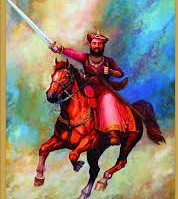
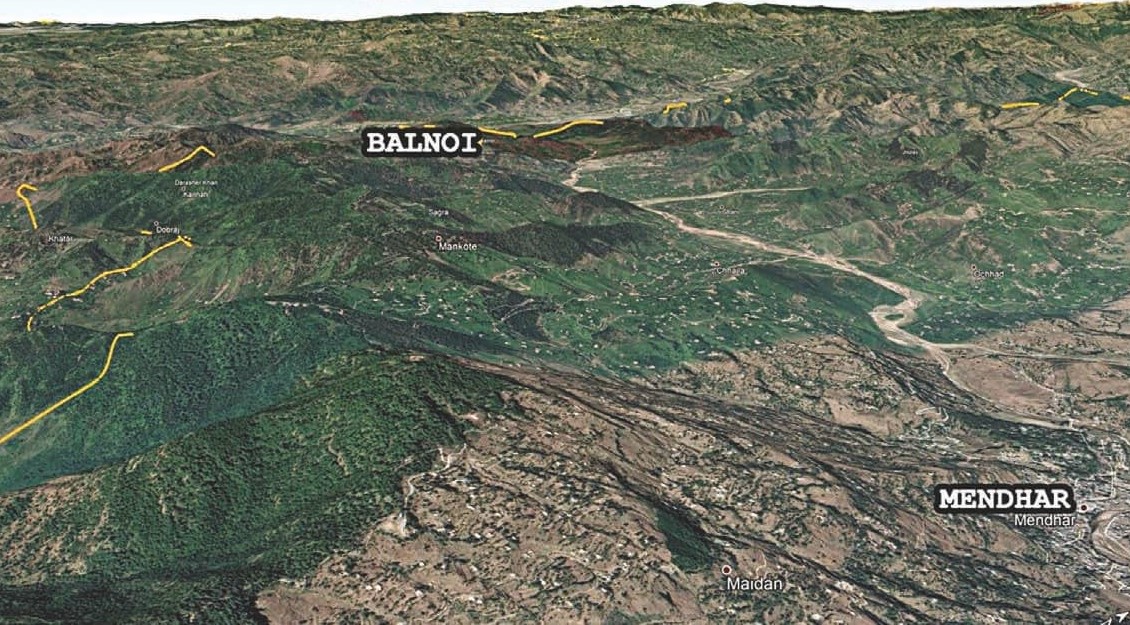
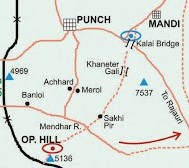
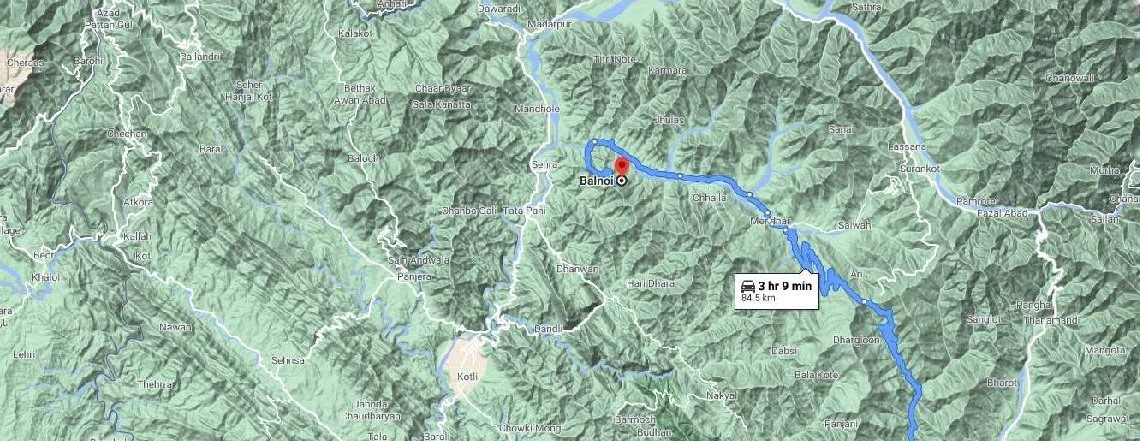
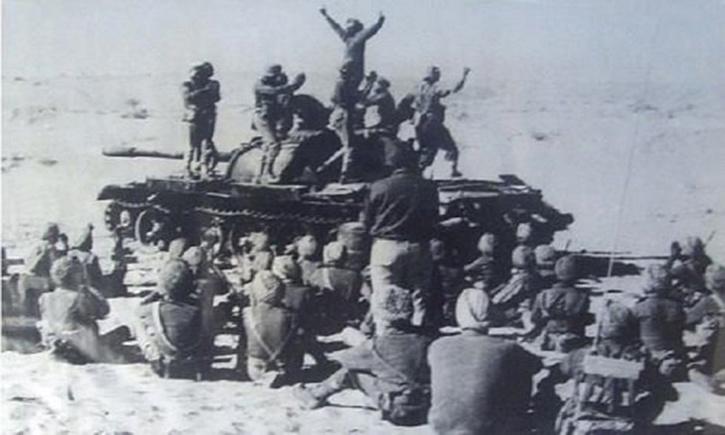
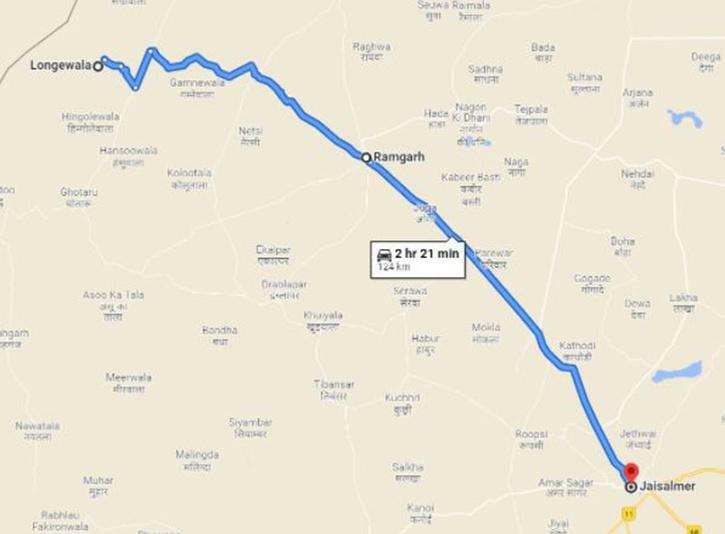
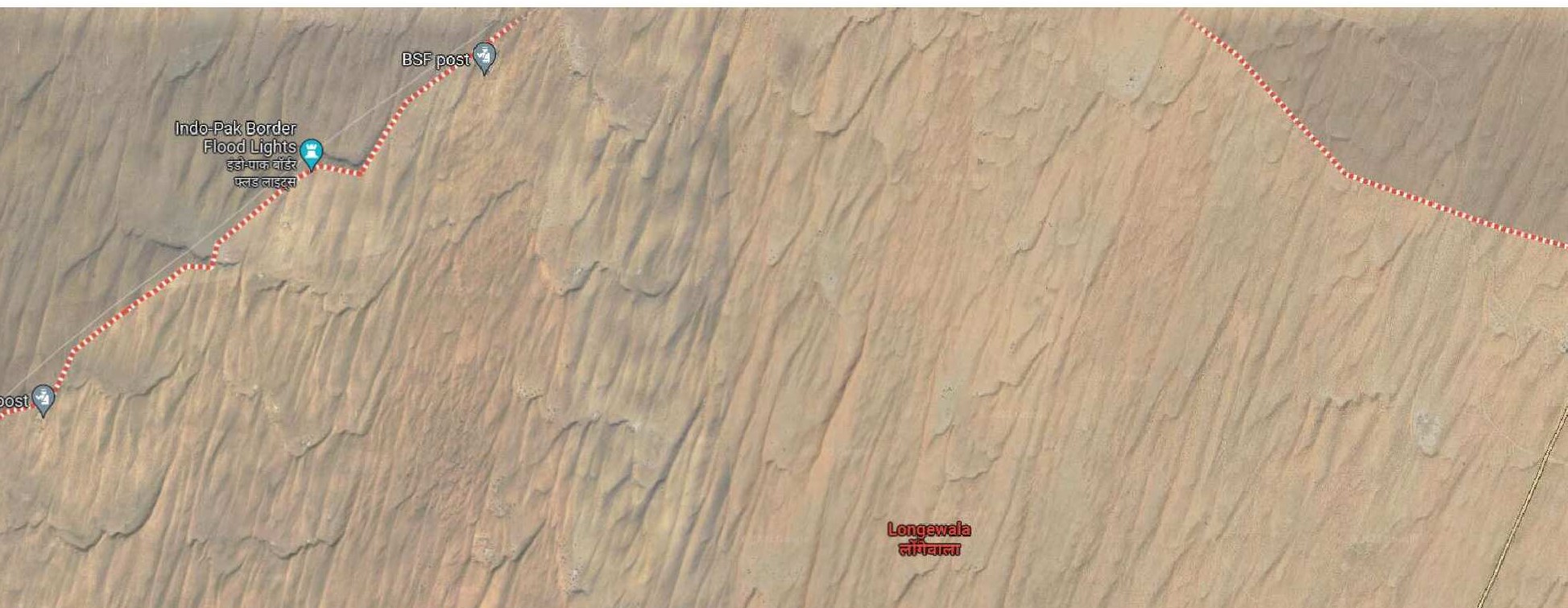
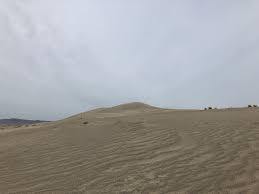
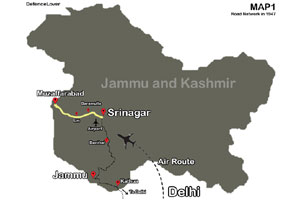 The Battle of Shalteng was one of the most decisive battles ever fought by the Indian Army. Although it was short and intense but it entirely changed the tide of battle in the Kashmir Valley and fully removed the threat to Srinagar and also led to recapture of most of the territories lost to the Raiders in the initial days of the conflict in 1947.
The Battle of Shalteng was one of the most decisive battles ever fought by the Indian Army. Although it was short and intense but it entirely changed the tide of battle in the Kashmir Valley and fully removed the threat to Srinagar and also led to recapture of most of the territories lost to the Raiders in the initial days of the conflict in 1947.